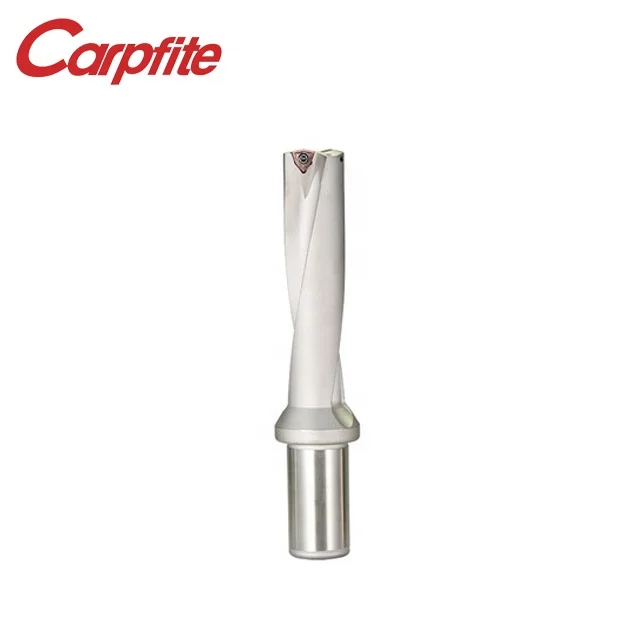

Otherwise you will often times get incorrect results and end up losing valuable time. You have to input that information into the software. Looks fairly straight forward, doesn’t it? There is a lot of information that goes into the above list in order for CAD/CAM to really act smart and create efficient and effective programs for you. RS 232 / DNC Send the program to the machine.Build the job in a CAM Tree Manager that allows you to edit the machining features.Start adding machining features, drilling, roughing and finishing toolpaths.Select the Post Processor Configuration.Setup Cutting Conditions, Tool Patterns and any Machining Parameters that apply.


When you review the basic 2 or 3 Axis CAD/CAM programming workflow you will find that it goes something like this: And even though it may be easier than another, there is still going to be a period of time where the operator will have to access training and spend time figuring things out in order to really take advantage of the power of modern CNC Software automation. Leave it to marketing to tell you their product will be easy to use. Yet without CAD/CAM, CNC shops simply cannot stay competitive and efficient. Ask any developer and they will tell you that the more features a CNC programming system has, the steeper the learning curves will be and the more technical support issues there will be. For as long as there has been CAD/CAM software, developers have faced the challenge of providing more and more functionality while continuing to keep these products easy to use. CAD-CAM software can be a challenge to fully learn how to use for everything a CNC shop needs in order to program parts and output the correct g-code program efficiently.


 0 kommentar(er)
0 kommentar(er)
